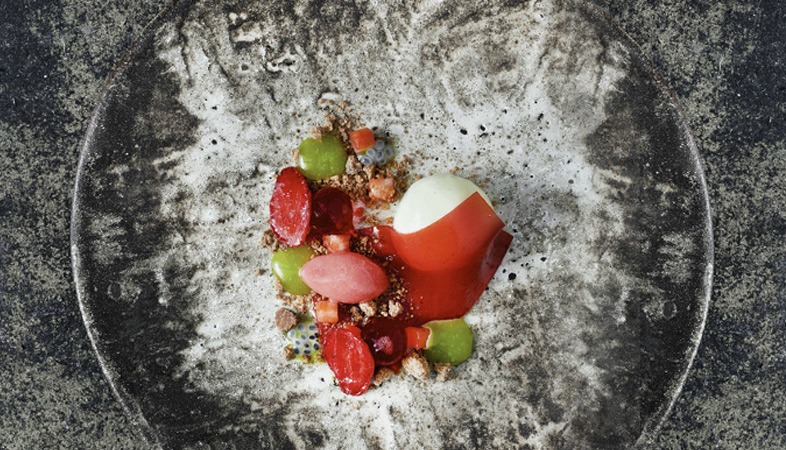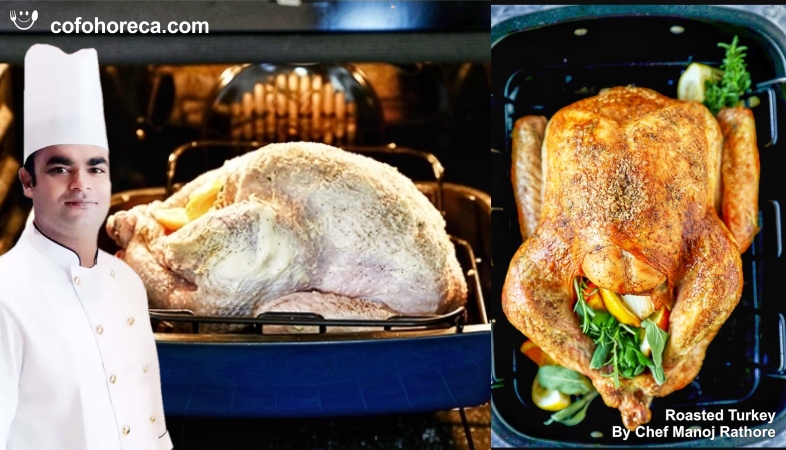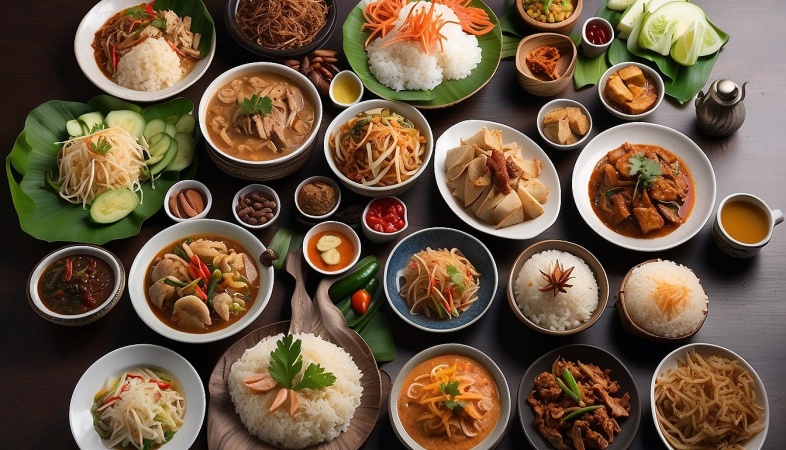Baking Basics: A Step-by-Step Guide to Perfect Pastries
Mastering mixing techniques is key to achieving the perfect texture in your pastries.

In the world of baking, mastering the basics is essential
for creating perfect pastries that delight the senses. Whether you're a novice
baker or a seasoned pastry chef, understanding the fundamental techniques and
principles lays the foundation for success in the kitchen. In this
comprehensive guide, we'll take you through each step of the baking process,
from selecting ingredients to mastering essential techniques, so you can
achieve bakery-quality pastries in your own home.
Selecting
Ingredients:
The first step to baking perfect pastries is choosing high-quality ingredients. Opt for fresh eggs, unsalted butter, and premium flour for the best results. Additionally, select fresh fruits and nuts for fillings and toppings to enhance the flavor and texture of your pastries.
Measuring
Ingredients:
Accurate measurements are crucial in baking to ensure consistent results. Use a kitchen scale to weigh ingredients like flour and sugar for precision. When measuring liquids, use liquid measuring cups with clear markings and pour at eye level to avoid overpouring.
Mixing Techniques:
Mastering mixing techniques is key to achieving the perfect texture in your pastries. For delicate pastries like cakes and cookies, use the creaming method, where butter and sugar are beaten together until light and fluffy. For flaky pastries like pie crusts, use the cutting-in method to combine butter with flour until it resembles coarse crumbs.
Rolling and Shaping
Dough:
When working with dough, proper rolling and shaping techniques are essential. Use a lightly floured surface and a rolling pin to roll out dough to the desired thickness, taking care not to overwork it. For shaping, use cookie cutters for cookies and a pastry cutter for pie crusts, ensuring uniformity in size and shape.
Baking Temperatures
and Times:
Understanding baking temperatures and times is crucial for achieving perfectly baked pastries. Preheat your oven to the specified temperature before baking to ensure even heat distribution. Use an oven thermometer to verify the accuracy of your oven's temperature and adjust as needed. Follow the recipe's baking times closely, checking for doneness with a toothpick or cake tester.
Cooling and Storing:
Proper cooling and storing techniques are essential for preserving the freshness and flavor of your pastries. Allow baked goods to cool completely on a wire rack before storing to prevent them from becoming soggy. Store pastries in an airtight container at room temperature for up to several days, or freeze for longer storage.
Troubleshooting Tips:
Even experienced bakers encounter challenges in the kitchen from time to time. Here are some common troubleshooting tips:
- If your pastry dough is too dry, add a small amount of liquid, such as water or milk, until it reaches the desired consistency.
- If your pastry dough is too sticky, add a sprinkle of flour and continue to knead until it becomes more manageable.
- If your pastries are browning too quickly in the oven, tent them with aluminum foil to prevent overbrowning.
With these baking basics and step-by-step techniques, you'll be well-equipped to create perfect pastries that are sure to impress friends and family alike. So preheat your oven, gather your ingredients, and let's get baking!
.png)




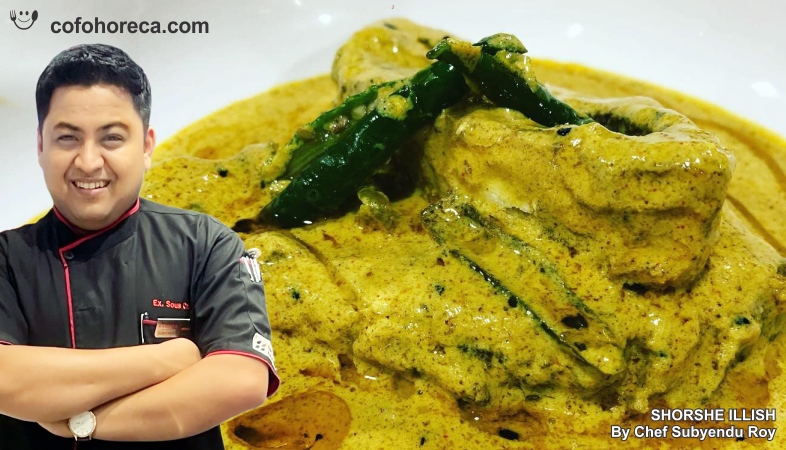







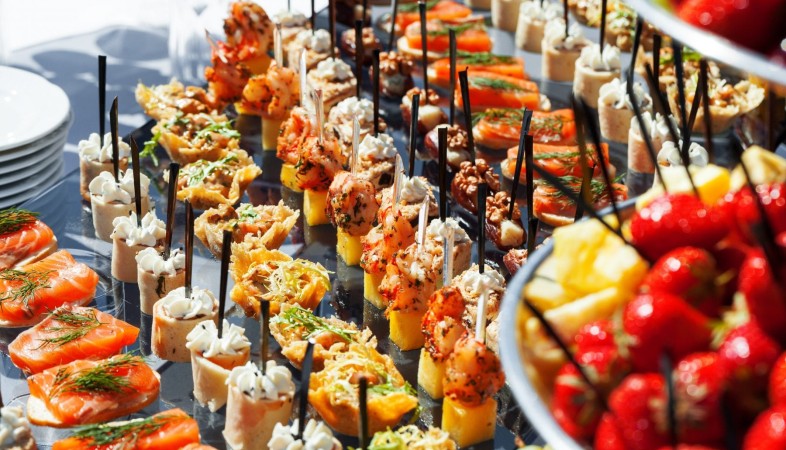
 at JLL India.jpeg)
